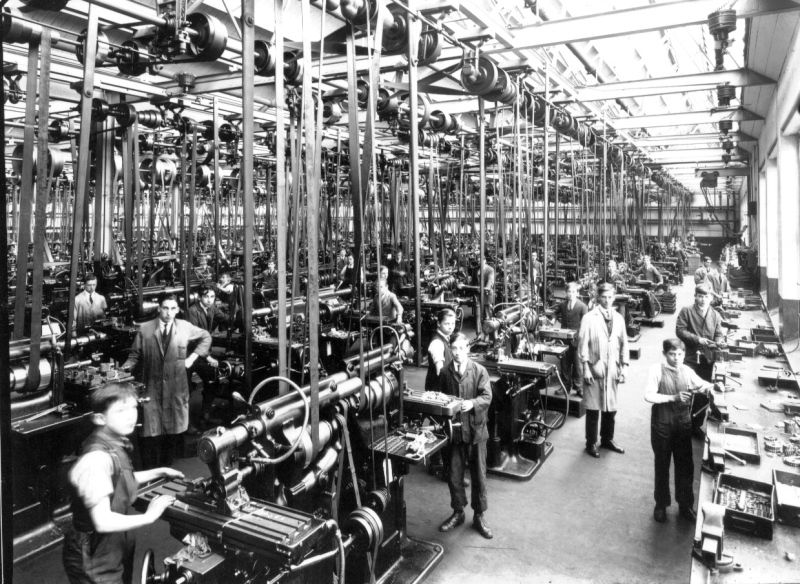I found an interesting video about the building of an 4-8-4. It was built at the Angus workshops, Cadianan Pacific Railroad. It is still around today,Owned by Ipsco. (From what information I can find)
http://www.liveleak.com/view?i=0ff_1350801903&p=1
It has music that doesn't go with the video, so just mute the sound.
Kenny
http://www.liveleak.com/view?i=0ff_1350801903&p=1
It has music that doesn't go with the video, so just mute the sound.
Kenny

